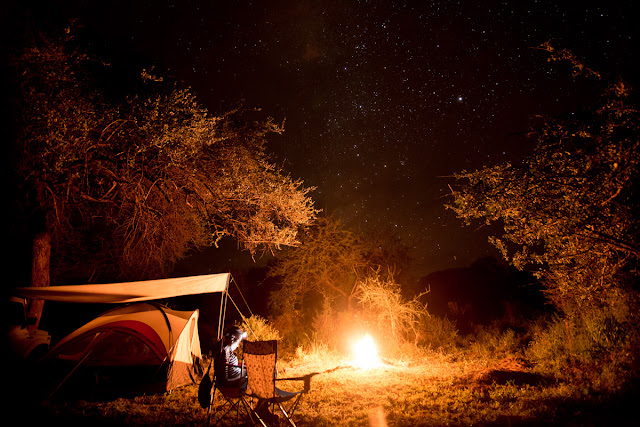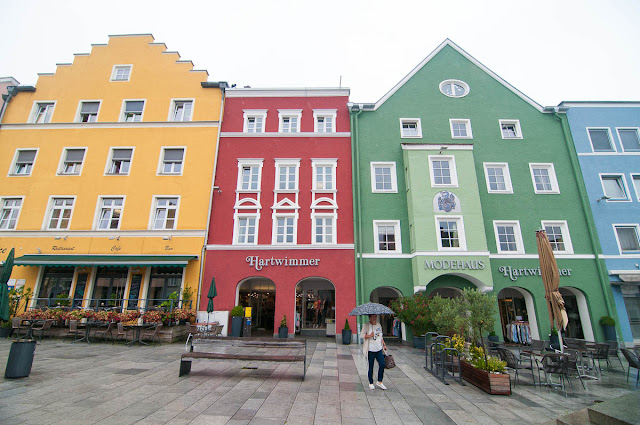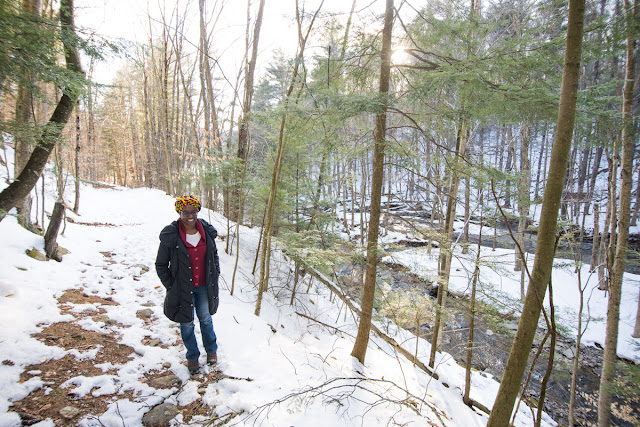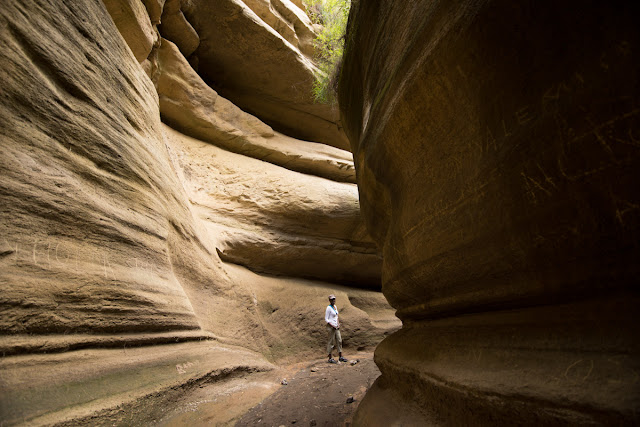Germany: Neuschwanstein Castle - Mad King Ludwig's Fabulous Home
It is only fitting that we end our Germany experience with one last brush with mad King Ludwig II. Coming upon this castle is to come upon a castle straight out of a fairy tale. It's sheer walls glower imposingly over the surrounding countryside, it's towers and minarets reach for the sky. It looks almost as if it was built by someone who read children's story books more than he read military strategy. And that is because this is indeed the case.
When we previously mentioned Ludwig II in this post, we noted his total lack of interest in anything to do with the actual ruling of a country. His passion instead was the arts: architecture, music and theatre. And in building Neuschwantein castle he was able to combine all his passions. It is worth noting that, unlike his other palaces, this was meant to be his personal retreat.
Ludwig had a direct hand in almost every aspect of the design of this castle. He looked back at the middle ages but through rose colored glasses: this style is called 'castle romanticism.' His other strong inspiration was his great friend, the controversial but prolific composer Richard Wagner. One reference says that Ludwig had 'immoderate enthusiasm' for Wagner. That would definitely be one way to describe going to the extent of building a castle dedicated to him.
Whatever his motivations, Ludwig's castle is pretty impressive. The inside is fabulous, and every room has a completely different decor. The only downside is that they don't allow you to take pictures inside, so no interior pics for you. Why places do this, I do not comprehend. It feels just a wee bit mean-spirited from institutions raking in millions of Euros.

Once you cross the bridge, you can keep hiking for kilometers up into the foothills of the Alps. It's a lovely hike, and every now and then you see a different view of the castle below. Note the lovely and dedicated hiker in the picture below.
From this high vantage point you can see the castle below the Neuschwanstein castle. This castle was named Hohenschwangau Castle or Schloss Hohenschwangau (which means 'upper swan castle', as compared to Neuschwanstein which is the 'new swan stone castle'.) Oddly enough, it was originally called the 'Schwanstein castle' but over time the names switched! There has been a castle or fortress on the Hohenschwangau location since at least the 12th century.
This castle is where Ludwig II grew up. It was built by his father, and he loved the beauty of the surrounding area, and this likely contributed to his choosing the area for Neuschwanstein.
Sadly, Ludwig II only lived in Neuschwanstein castle for a total of 172 days. He lived his life in a little understood and mysterious manner, and his death took pages out of the same book. He was deposed as king for spending too much money, declared insane by 4 doctors (none of which had ever actually examined him), and while under house arrest, he went for an evening walk with one of the doctors. He gave instructions that his attendants should not follow. They were last seen alive at 6.30pm. At 10.30pm, his body along with that of the doctor were found in shallow water along the shore. The king was a strong swimmer, the water was shallow and no water was found in his lungs. The kings watch was stopped at 6.54pm. Murder? Suicide? Natural causes? It seems we shall never know.
Ironically, the elaborate castles that were at the heart of the deposition are now some of the German governments best money makers, having paid for their construction costs many times over. Maybe Ludwig wasn't so mad after all!












